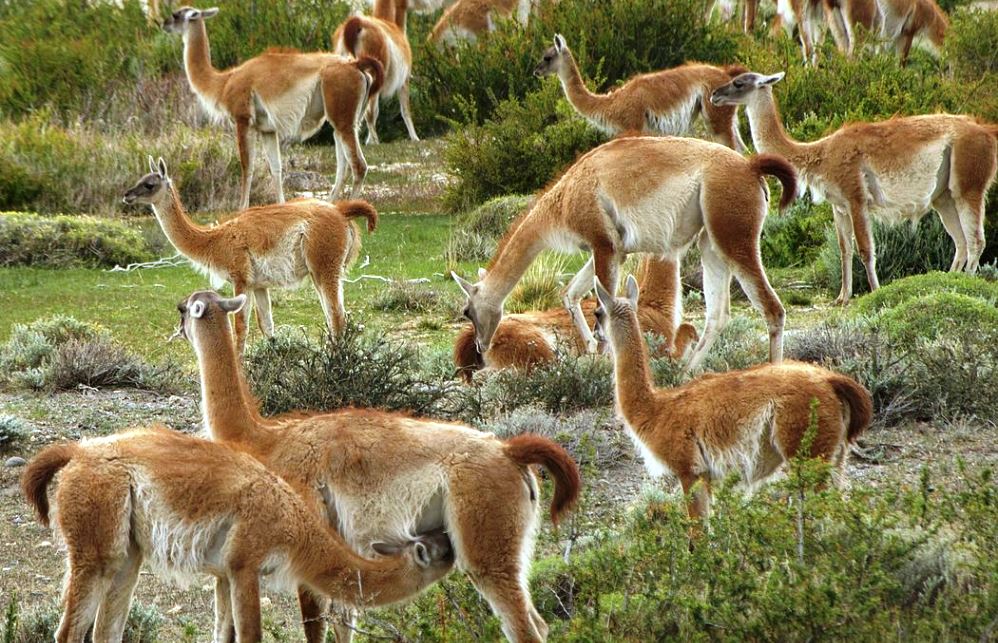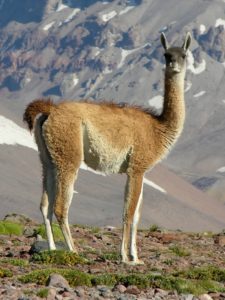Nomadic pastoralism and transhumance (livestock rotation) are ancient human adaptations to the movements of large herbivores, which themselves migrate to follow favorable environmental conditions.
Free-ranging livestock production has been criticized as less water efficient than factory farming and crop production. This fails to take into account both the additional ecosystem services made possible by rainfall over rangelands, and the ability of free-ranging animals to track water availability across environmental gradients.
By analogy to transhumance, we propose a model of “transhumant rewilding,” or species reintroduction with managed herding of wild ungulates for the ecological restoration and sustainability of food production in (silvo)pastoral systems.We consider preliminary evidence for the feasibility of this model with a case study from central Chile in which guanacos (Lama guanicoe) could be used to help restore a silvopastoral savanna (“espinal”) via browsing and endozoochory.
First, we present preliminary data on guanaco foraging in espinal. Second, we use a GIS analysis to identify least-cost paths between areas of high and low espinal condition in central Chile and assess the feasibility of using them as migratory pathways.
Finally, we consider the relative ecosystem service advantages and costs of the transhumant rewilding scenario compared to other restoration and agricultural development scenarios for central Chile. We conclude that transhumant rewilding has the potential to be a useful model for rewilding-inspired land management in cultural landscapes and can contribute to food security and sustainable agricultural production.
Feature photo of heard of guanacos by Wouter Potters via Wikipedia.
Download full research from the journal of Regional Environmental Change (paywall).


